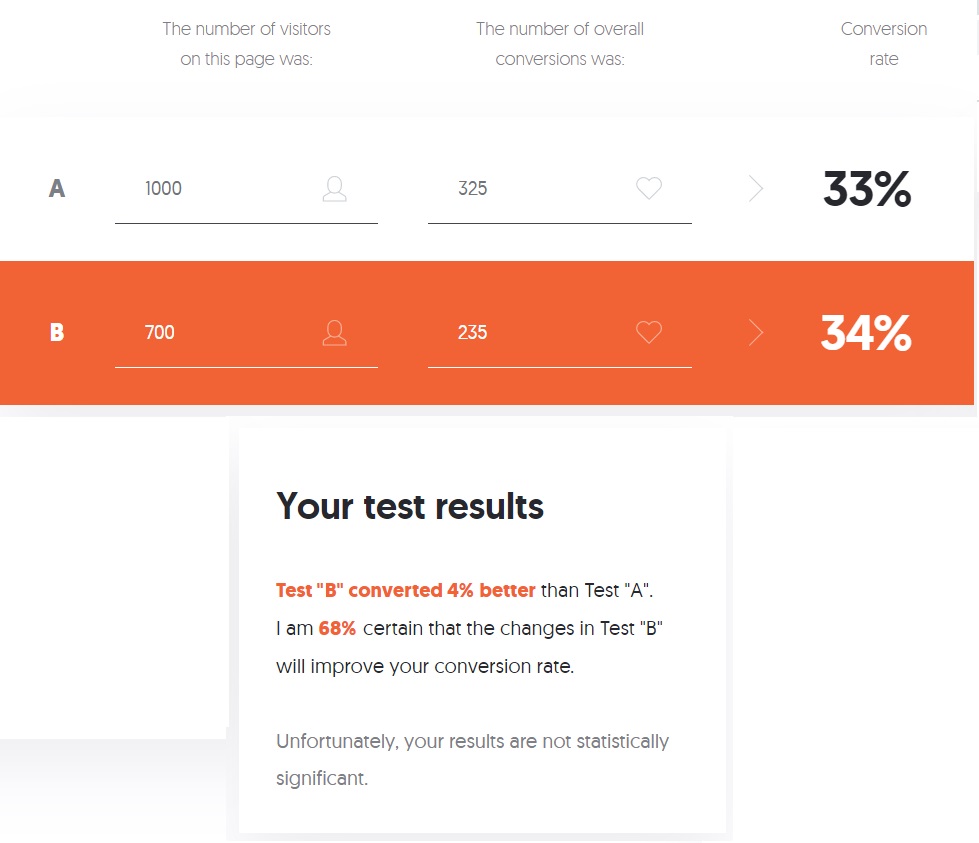The following side by side comparison of Manifestos helps to clearly see some of the main differences emerging between the Agile Dev 2001 version and the Agile Marketing 2012 version.
Note: Agile Marketing Manifesto is being modified by the Sprint Two Leadership Team and hundreds of comments and results gathered during a Survey announced May 28th 2021. We will provide an Update when the new Document is Published at AgileMarketingManifesto.org
Manifeste Marketing Agile en français
Agile and Agile Marketing Values Comparison
4 Agile Values
Agile offers four simple, yet highly effective, values to contribute to a high-value product or service in web development and marketing. In order to accomplish this, the methodology emphasizes these values:
- Individuals and Interactions
- Working Products
- Customer Collaboration
- Responding to Change
7 Agile Marketing Values
Agile Marketing has developed its own manifesto however this document remains at the draft stage, some of the values are proposals, which is why we sometimes see 6 instead of 7 Values of Agile Marketing:
- Validated learning
- Customer focused collaboration
- Adaptive and iterative campaigns
- Customer discovery
- Flexible planning
- Responding to change
- Many small experiments
| Agile Values | Agile Marketing Values |
|---|---|
| AgileManifesto.org | AgileMarketingManifesto.org |
| Manifesto for Agile Software Development We are uncovering better ways of developing software by doing it and helping others do it. Through this work we have come to value: | Manifesto for Agile Marketing We are discovering better ways of creating value for our customers and for our organizations through new approaches to marketing. Through this work, we have come to value: |
| 1. Individuals and interactions over processes and tools | 1. Validated learning over opinions and conventions |
| 2. Working software over comprehensive documentation | 2. Customer focused collaboration over silos and hierarchy |
| 3. Customer collaboration over contract negotiation | 3. Adaptive and iterative campaigns over Big-Bang campaigns |
| 4. Responding to change over following a plan | 4. The process of customer discovery over static prediction |
| 5. Flexible vs. rigid planning | |
| 6. Responding to change over following a plan | |
| 7. Many small experiments over a few large bets |
Agile and Agile Marketing Principles Comparison
12 principles of Agile
Whether in web development or marketing, the 12 Agile principles provide great guidance to create a high-value product or service for a company. Here are the 12 principles based on agile development as well as the 10 agile marketing principles:
| Agile Principles | Agile Marketing Principles |
|---|---|
| AgileManifesto.org | AgileMarketingManifesto.org |
| 1. Customer satisfaction by early and continuous delivery of valuable software. | 1. Our highest priority is to satisfy the customer through early and continuous delivery of marketing that solves problems |
| 2. Welcome changing requirements, even in late development. | 2. We welcome and plan for change. We believe that our ability to quickly respond to change is a source of competitive advantage |
| 3. Deliver working software frequently (weeks rather than months) | 3. Deliver marketing programs frequently, from a couple of weeks to a couple of months, with a preference to the shorter timescale |
| 4. Close, daily cooperation between business people and developers | 4. Great marketing requires close alignment with the business people, sales and development |
| 5. Projects are built around motivated individuals, who should be trusted | 5. Build marketing programs around motivated individuals. Give them the environment and support they need, and trust them to get the job done |
| 6. Face-to-face conversation is the best form of communication (co-location) | 6. Learning, through the build-measure-learn feedback loop, is the primary measure of progress |
| 7. Working software is the primary measure of progress | 7. Sustainable marketing requires you to keep a constant pace and pipeline |
| 8. Sustainable development, able to maintain a constant pace | 8. Don’t be afraid to fail; just don’t fail the same way twice |
| 9. Continuous attention to technical excellence and good design | 9. Continuous attention to marketing fundamentals and good design enhances agility |
| 10. Simplicity—the art of maximizing the amount of work not done—is essential | 10. Simplicity is essential |
| 11. Best architectures, requirements, and designs emerge from self-organizing teams | |
| 12. Regularly, the team reflects on how to become more effective, and adjusts accordingly |

Take the Agile Marketing Course at reputable Canadian Universities in Montreal, Quebec or Toronto, Ontario. Online Classes also Offered.
Photo: Alexis Fauvet on Unsplash


